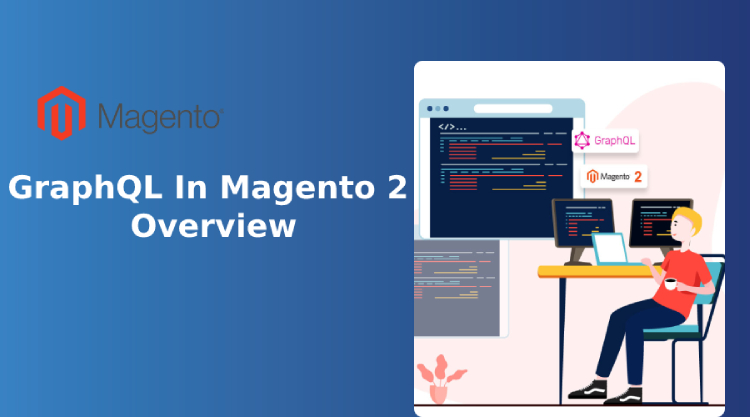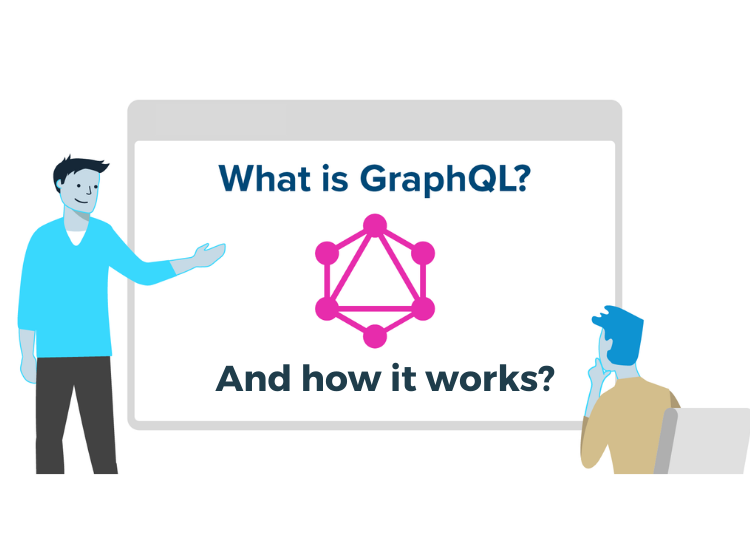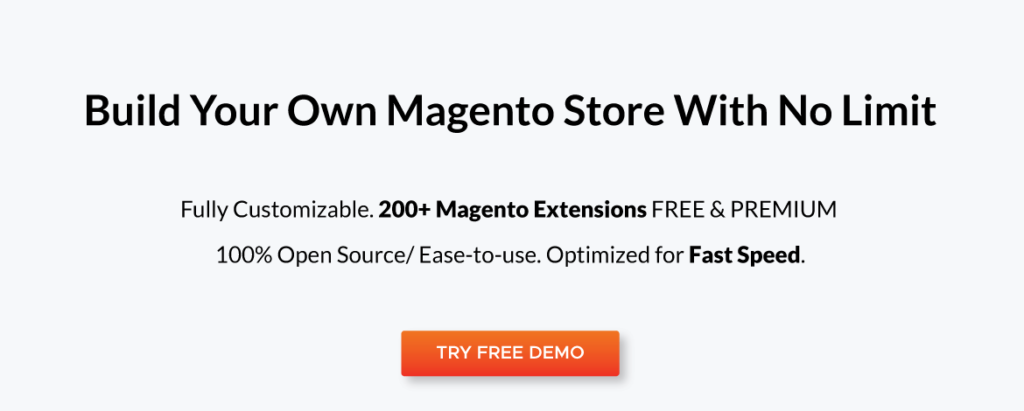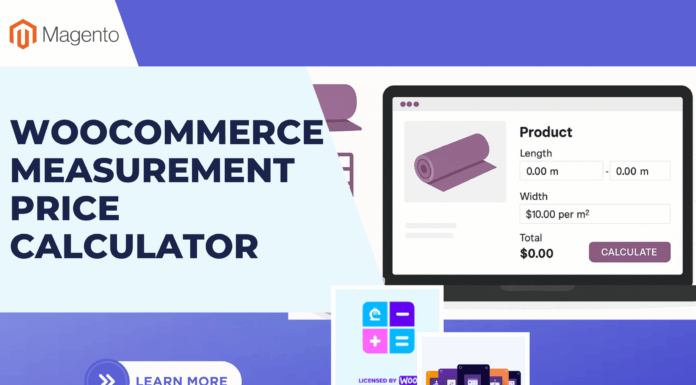
GraphQL in Magento 2 is fast becoming one of the most adaptable ways to work with APIs although there are lots of different ways of doing so. If you’re looking to build progressive web applications, it can be one of the best tools in Magento 2. Here’s an overview as to what it is, how it works, and how you can put it to good use.
Table of Contents
What Is GraphQL?

The first thing to know is what GraphQL actually is. The syntax is used for designed application programming interfaces or APIs. It was created back in 2012 by Facebook, to be a query language and server-side runtime tool. It was released in 2015 and has proved to be popular with programmers. This is thanks to how it speeds APIs, as well as being flexible and effective.
When using GraphQL, it’s important to know that it can retrieve all the user’s requested data in just one call. It can also offer faster processing and isn’t linked to storage or database.
How GraphQL Works
To really see how GraphQL works, it’s best to have an example. Let’s use the example of a PWA or Progressive Web App, with client-side referencing.
In this case, GraphQL offers a fast user experience thanks to the way it works. When the user opens the PWA for the first time, a request to the server will be made and an initial load is done. Once the user starts moving from page to page, the syntax will only fetch the requested data, rather than the entire data scope. This results in ultra-fast page loading, and a better user experience.
This happens through schemas, which are predefined for the site. These define what pages and data may be requested, and so make it much simpler for the right data to be sent to the user at any one time.
GraphQL In Magento 2
When building in Magento 2, GraphQL is mostly used for building PWAs. Many web developers use tools like PWA Studio to build these PWAs, as it simplifies the process of creating them in Magento 2. Plus, it contains ready-made GraphQL solutions, simplifying things further.
It’s become a go-to solution for users of Magento 2, as they are often looking for the most efficient systems. As such, GraphQL very much fits the bill. It’s well regarded for ‘unloading’ Magento 2, as it offers the opportunity to replace SOAP and REST in end development.

Be aware though, there are only three main operations of GraphQL in use with Magento 2. These are:
Queries: Reading and receiving info
Mutations: Taking actions, creating data, and changing info on the customer’s end
Subscriptions: Getting data from the server in real-time
Even with just these three functions in place, it has become a powerful tool for developers.
Availability And Future Plans
Right now, many achievements have been made with GraphQL in Magento 2. For example, there’s now support for all kinds of products. There’s also the support of default payment options such as PayPal, bank transfers, checks, and so on. There’s also support for various shipping methods, enhanced layered navigation, and a standard response time of under 0.5 seconds.
That’s a lot to be working with already, but there are plans to improve GraphQL further. These plans are worth watching, as they will bring you even more functionality.
For example, it’s planned to allow for case handling for reorders and save preferred payment methods. There will be data on the order history for customers who are logged in, and info regarding packaging and gifts. You’ll also have inventory management cases for in-store collection, and a universal mutation that substitutes mutations to handle items in a cart, based on a specific product.
Disadvantages To Be Aware Of

While GraphQL is highly useful in Magento 2, there are some disadvantages you should be aware of when you’re using it. As such, there will still be things that you will have to make from scratch, every time you use it. These include:
Missing modules: GraphQL is still quite new, and that means that some modules are missing. The ecosystem isn’t as extensive as you’d like it to be, so you’re still going to have to do some custom coding when you use it.
Lacking functionality: On a similar note, there’s a good amount of functionality that’s lacking on the site. As an example, file uploading functionality isn’t there yet, so you’ll have to add that yourself. That’s something that you can get with REST, so you’ll need to consider what’s best in your case.
No offline availability: As there’s no support right now for network caching, you aren’t able to work offline with GraphQL. This may not be a problem in some cases, but you need to be aware of it.
Schema development: If you need to create a schema that’s quite large and complex, it may prove to be challenging.
Differences Between GraphQL And Other APIs
As a developer, you already can use other APIs, such as REST or SOAP. What can GraphQL give you that they can’t?
Firstly, as a query language, GraphQL can offer much faster speeds to the end-user. It can obtain and pass on data quickly, as it only obtains the necessary data. It also only needs one endpoint to obtain results, while APIs like REST need multiple endpoints.
Finally, GraphQL has a client-driven approach rather than a server-driven one. As the clients have data control, they’ll only get the data that they request. REST or SOAP may offer too much or too little info, which will just lead to further queries.
As you can see, GraphQL is becoming one of the most popular syntaxes in web development right now. It’s offering a lot of benefits to those using Magento 2, so they can streamline their work and make the client experience even better.
Author’s Bio
Emily Henry is a writer and editor for Paper Writing Service. She is also a contributing writer for various online journals. Emily writes about Magento. As a content writer, she writes articles about business management, coding, and computer science.
Thanks for reading and please follow our websites to get more useful information.











![[SALE OFF] Discount 30% All Premium Extensions On Christmas And New Year 2025 christmas-and-new-year-2025](https://landofcoder.b-cdn.net/wp-content/uploads/2024/12/christmas-and-new-year-2025-1-218x150.png)







